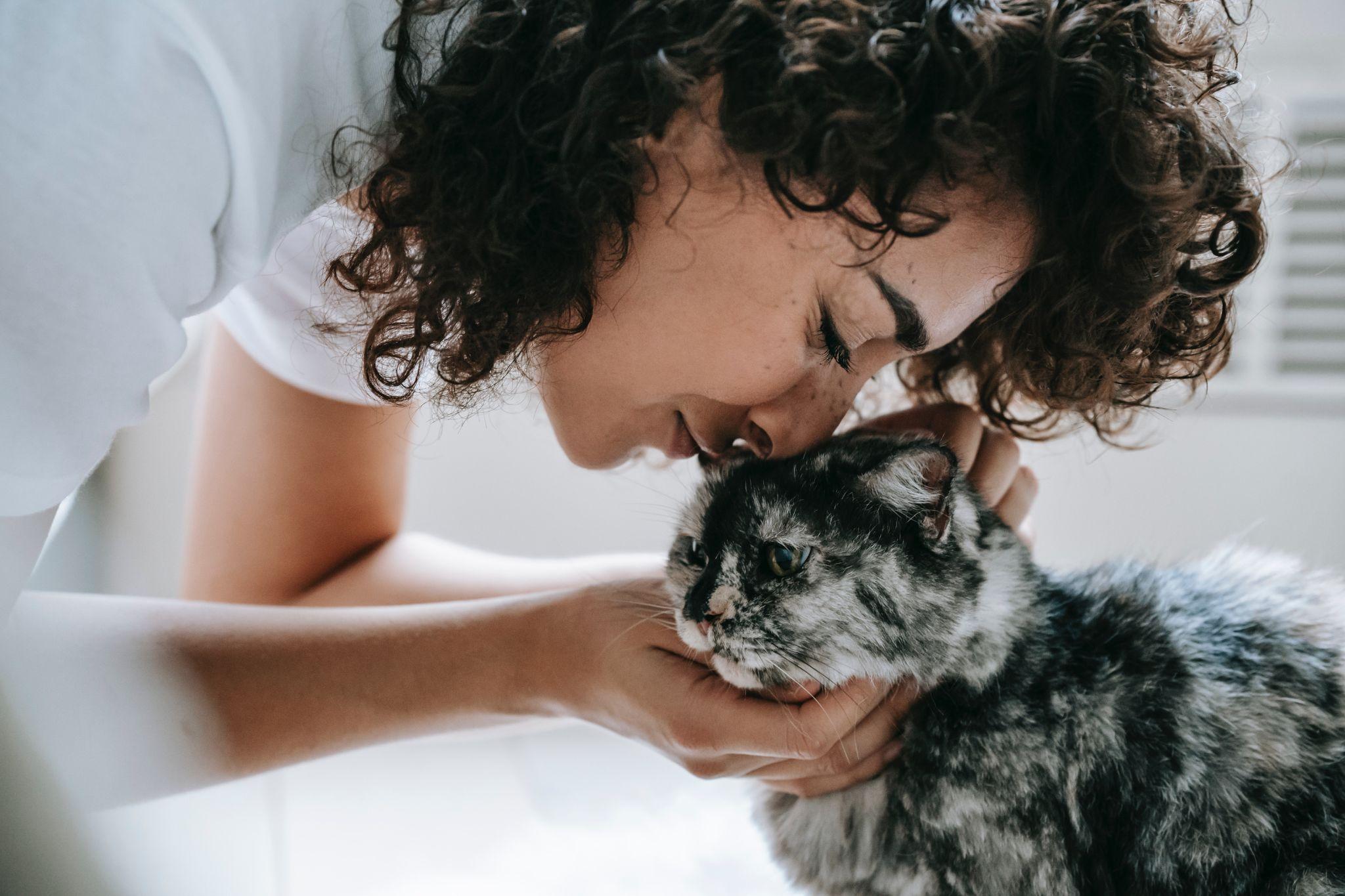Cats, with their mysterious and graceful demeanor, have long been subjects of fascination for pet owners and enthusiasts alike. One common question that often arises is whether cats sweat. Unlike humans, cats don’t have sweat glands distributed across their bodies in the same way, leading to a realm of intrigue surrounding feline perspiration. This article delves into the enigma of “Do Cats Sweat?” and dispels myths surrounding this unique aspect of feline physiology.
The Feline Cooling Mechanism
While cats lack sweat glands in the same abundance as humans, they do possess them, but in specific areas. The primary locations where cats sweat are the pads of their paws and, to a lesser extent, their nose. When a cat is overheated, these sweat glands release moisture, contributing to a cooling effect as the liquid evaporates.
However, this cooling mechanism is not as pronounced as in humans, and cats rely on other methods to regulate their body temperature efficiently. Panting, for instance, is a common behavior in cats when they are trying to cool down, as it allows for the evaporation of moisture from their respiratory tract.
Understanding Feline Perspiration Myths
The misconception that cats do not sweat at all is prevalent, leading to various myths about feline perspiration. It’s essential for cat owners to be aware of these myths to better understand their pets’ behaviors and needs.
One common myth suggests that cats only sweat through their paws, neglecting the subtle perspiration that occurs on their nose. Another misconception is that a cat’s fur impedes their ability to cool down. In reality, a cat’s fur can act as both insulation and ventilation, depending on the ambient temperature, aiding in the regulation of body heat.
Signs of Overheating in Cats
While cats have evolved efficient ways to cool down, it’s crucial for pet owners to recognize signs of potential overheating. Excessive panting, lethargy, and seeking cool surfaces are indicators that a cat may be struggling to maintain a comfortable body temperature. Providing shaded areas, fresh water, and avoiding leaving pets in hot environments can help prevent overheating in the first place.
Tips for Helping Cats Stay Cool
Understanding the limited sweating capacity of cats emphasizes the importance of proactive measures to keep them cool, especially during warmer seasons. Ensure access to shaded areas, maintain proper hydration, and consider cooling aids such as chilled mats or frozen treats to make the environment more comfortable for your feline friend.
Conclusion: Decoding Feline Perspiration
In conclusion, “Do Cats Sweat? Exploring Feline Perspiration Myths” unravels the mystery surrounding cats and their unique cooling mechanisms. While cats do sweat, the process is not as extensive as in humans, prompting them to rely on additional methods to regulate their body temperature. By dispelling common myths, cat owners can gain a deeper understanding of their pets’ needs and behaviors, fostering a healthier and more comfortable environment for their feline companions. So, the next time you ponder whether your cat sweats, remember the subtle perspiration on their paws and nose, contributing to their remarkable ability to stay cool in various situations.

